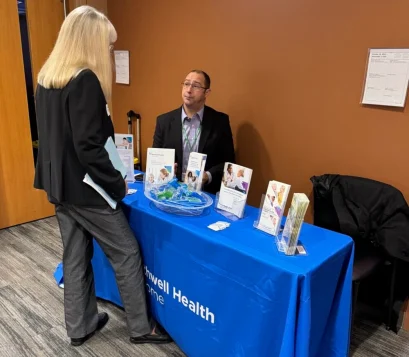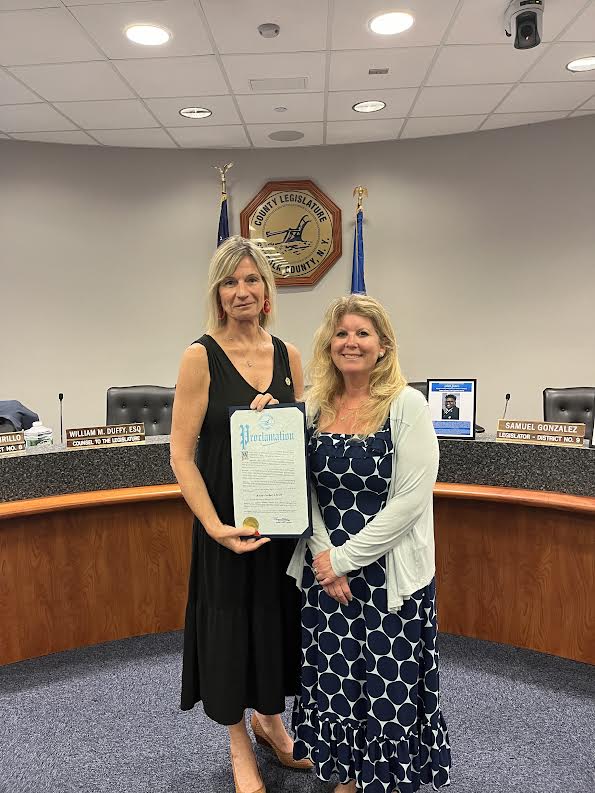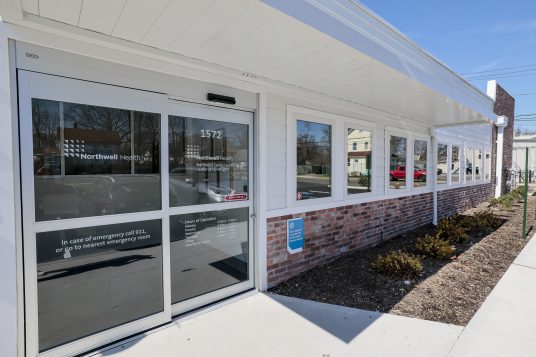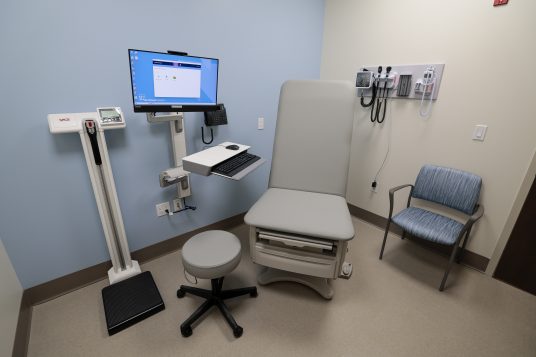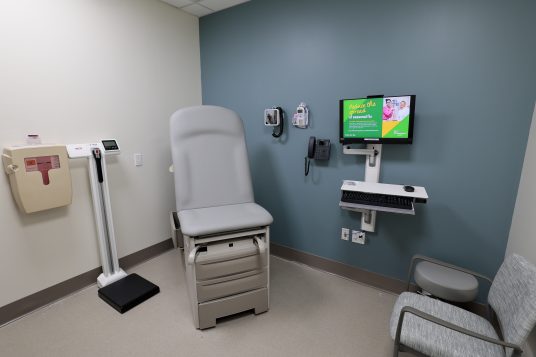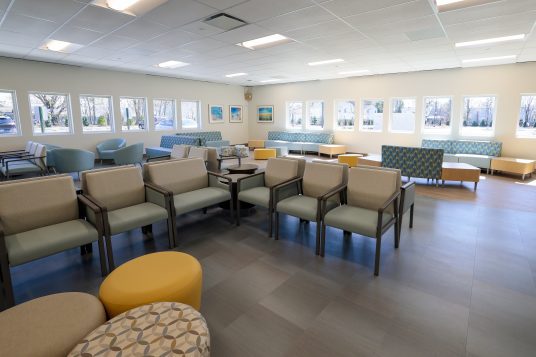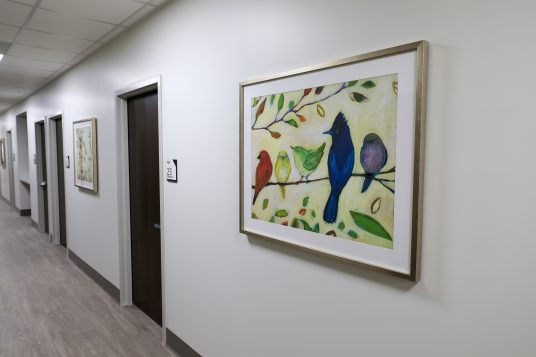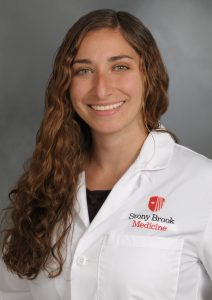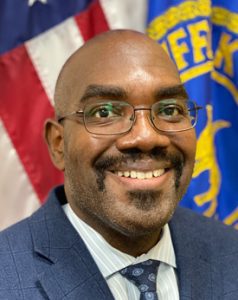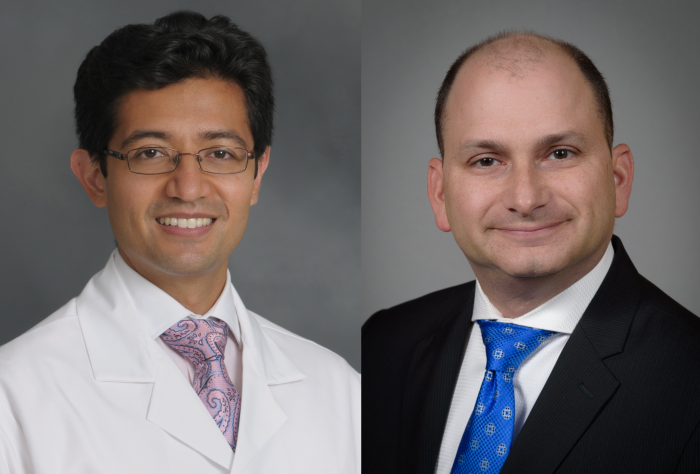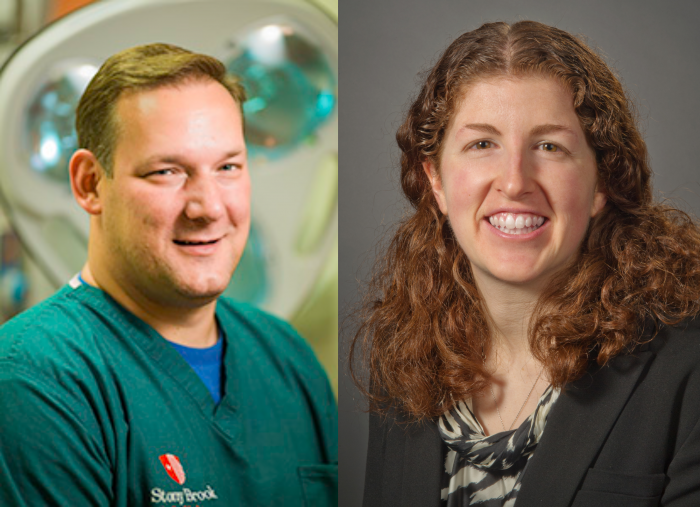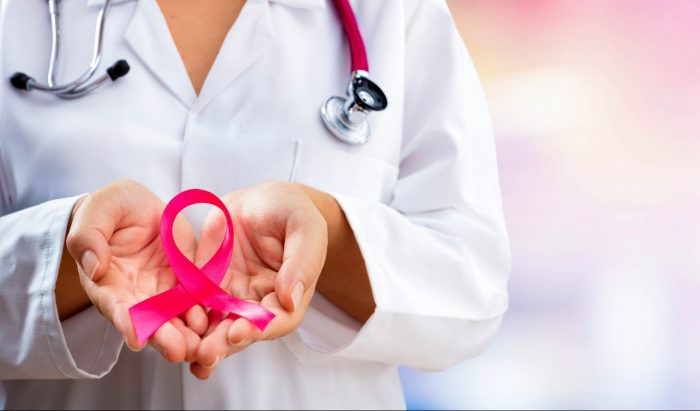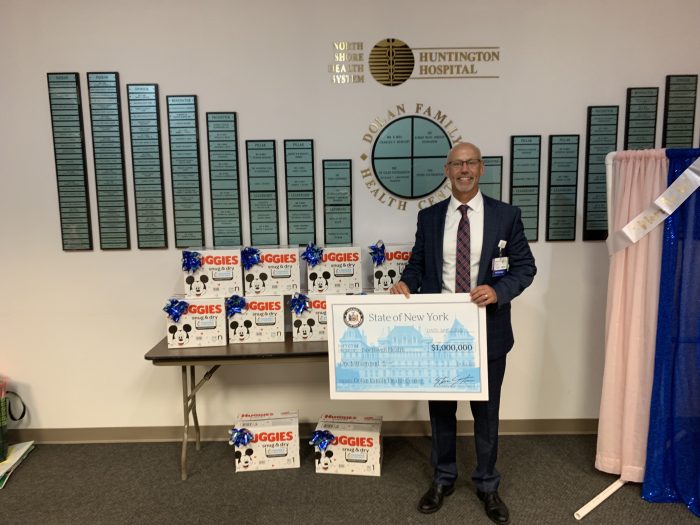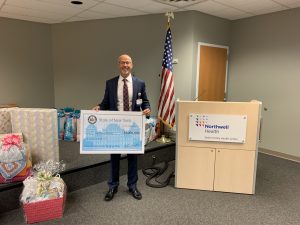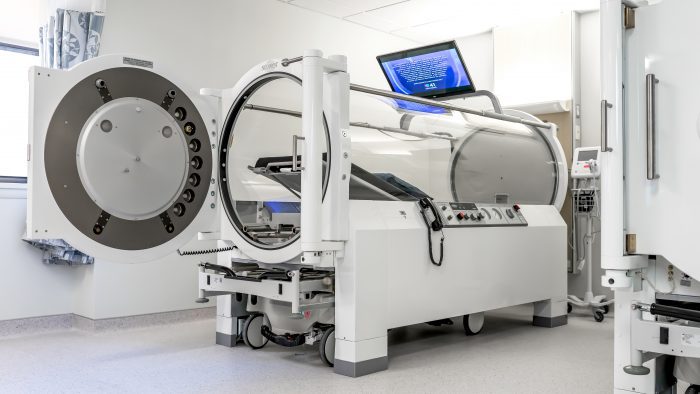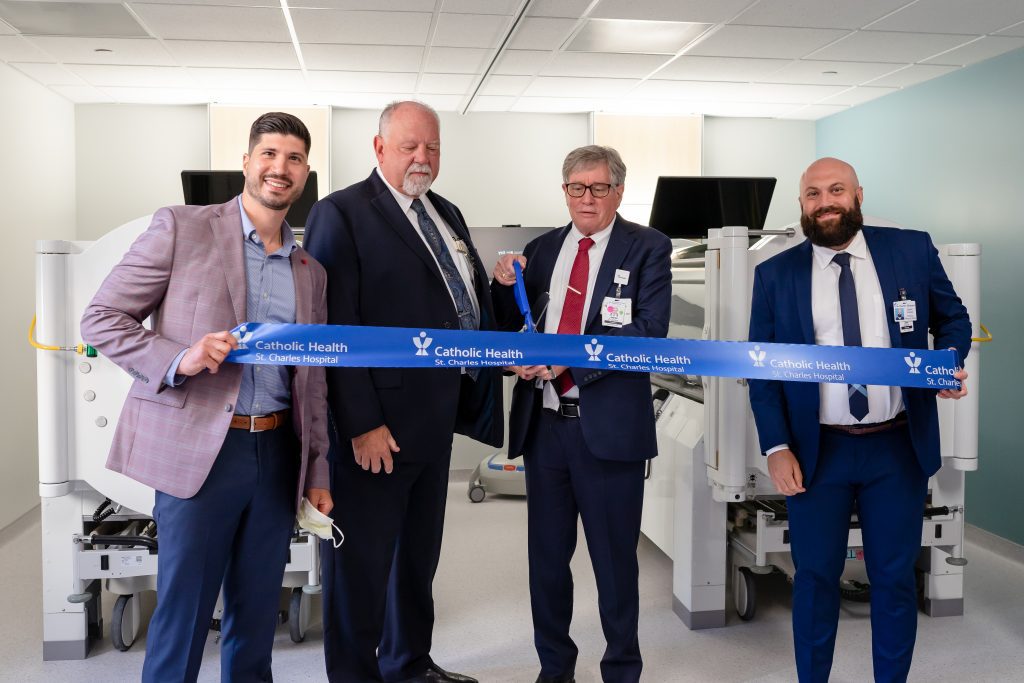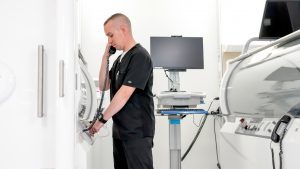By Jennifer Donatelli
Are you or someone you know caring for a loved one?
In honor of National Caregiver Month, Huntington Hospital hosted its first-ever Caregiver Retreat on Oct. 29 to highlight the critical role support systems play for those caring for ill or disabled loved ones. Nearly one in four households is involved in caregiving for someone age 50 and older.
The event provided resources to ease the stress caregivers face, helping them navigate the complex healthcare system while creating a platform for sharing experiences with others. It emphasized the importance of self-care when another person depends on you.
Hundreds of caregivers attended the daylong event, participating in support and educational groups that provided tools to manage stressful situations.
Caregivers could also attend a Community Caregivers Resource Fair, guided meditation, and receive goody bags filled with giveaways. Most importantly, they were with others who had given up a part of their lives to be caregivers.
Barbara Roiland is one of many caregivers who attend weekly support groups and take advantage of Huntington Hospital’s programs. For the past 10 years, the Huntington resident has been the primary caregiver for her husband, Gary, who is suffering from Progressive Supranuclear Palsy (PSP), a debilitating brain disease.
Once an active couple who loved sailing, the diagnosis forced them to sell their sailboat, and Gary has since lost his ability to walk unaided and speak clearly. Barbara, with no medical background, has taken on the full-time role of his caregiver — a role that’s become overwhelming, isolating, and emotionally draining.
The support groups not only provide Barbara with emotional support but also help her navigate the medical complexities she faces daily, allowing her to keep Gary as healthy as possible at home.
“The diagnosis was devastating — our whole life has changed,” Barbara said. “I’m constantly worried about him falling or coughing.”
Barbara said that being able to ask medical questions and get support from others going through the same experience has been invaluable. “I don’t know what I’d do without it,” she said.
Northport resident Mary Ellen Mendelsohn has also found solace and guidance through the hospital’s caregiver programs. Mary Ellen’s husband, Andy, was diagnosed with prostate cancer several years ago. Despite treatment, the cancer returned, and since 2019, Andy has been in and out of the hospital, now reliant on a wheelchair due to the toll of his illness.
Mendelsohn shared how essential the hospital’s caregiver support has been in managing Andy’s frequent hospitalizations and medical needs.
“The caregivers have been a huge help,” Mendelsohn explained. “They check in every week or two, and those calls make a difference. They answer my questions, and that support has been vital. I miss spending time with my granddaughter, but having that extra help gives me some peace of mind.”
According to Mendelsohn, one nurse went out of her way to show her how to properly irrigate Andy’s catheter, a critical task given his susceptibility to UTIs. From ordering her husband’s supplies to refilling his medications, Mary Ellen has taken on most of his care, but she emphasizes how much it helps to know she’s not alone.
Two years ago, Huntington Hospital completed the Reichert Family Caregiver Center. The 550-square-foot space, located in the main lobby of the hospital, was designed to offer extra care outside the hospital. The center provides a space for caregivers to sit and talk with trained caregiver coaches who can offer resources as they manage the day-to-day demands of caring for a sick loved one.
Nick Fitterman, executive director of Huntington Hospital, said, “This center will be a destination for caregivers in our community to find resources and respite when they need assistance.”
Trained volunteer coaches and a social worker meet with family caregivers one-on-one to provide emotional support, discuss their concerns and needs, and guide them to community resources, said Kacey Farber, LMSW, program manager.
The Reichert Family Caregiver Center is staffed by a social worker and trained volunteer coaches. The center is open Monday through Friday from 8 a.m. to 4 p.m. It includes a quiet room with a recliner chair, a small meeting room, and a room with three chairs and a computer.
For more information on Caregiver Support Programs, visit www.huntington.northwell.edu


